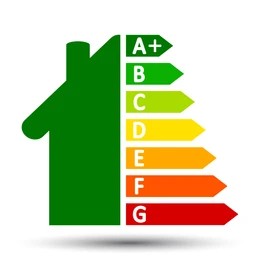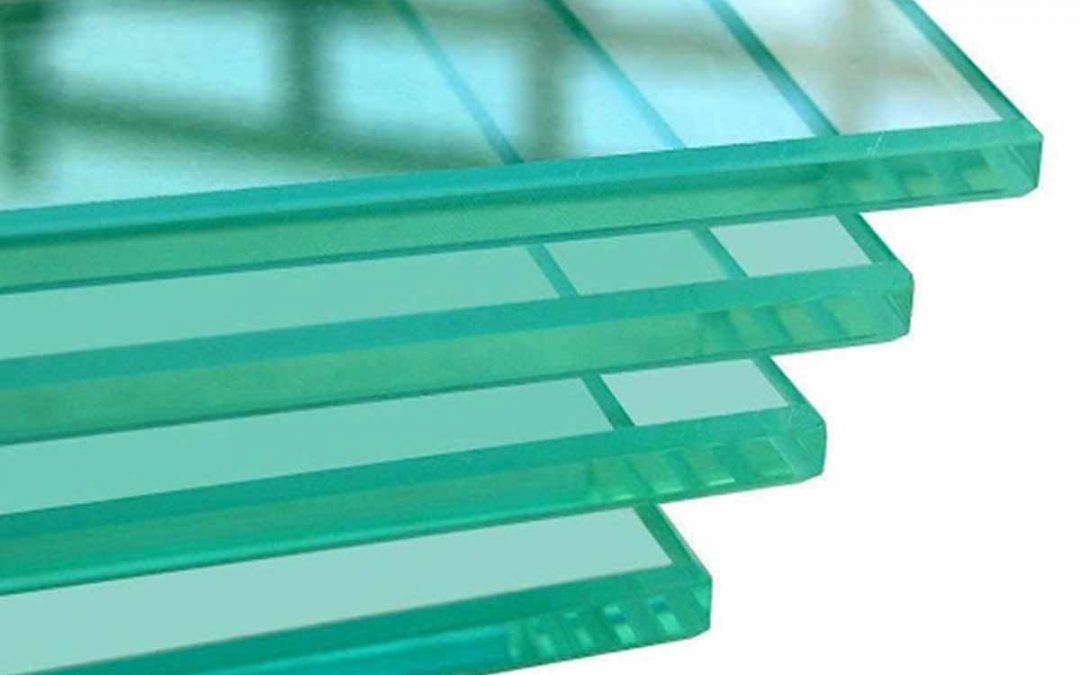Understanding U-Values: Why They Matter for Your Windows and Energy Bills
When it comes to making your home more energy efficient, windows play a crucial role — and one of the most important metrics to understand is the U-value. Whether you’re building a new house, upgrading existing windows, or simply looking to reduce your energy bills, understanding U-values can help you make smarter decisions.
What is a U-Value?
The U-value is a measure of how much heat is lost through a window (or any building element, like a wall or roof). Specifically, it measures the rate of heat transfer through the entire window assembly — that includes not just the glass, but also the frame and any spacers.
U-values are expressed in watts per square meter per Kelvin (W/m²·K). This unit tells you how many watts of heat pass through one square meter of the window for every degree of temperature difference between the inside and outside.
Lower is Better
A key thing to remember: the lower the U-value, the better the window is at insulating. That means:
- In winter, less heat escapes through the windows, keeping your interior warm.
- In summer, less heat penetrates into the home, helping you stay cool.
By reducing the amount of energy needed to heat or cool your space, lower U-values can lead to significant savings on your energy bills over time.

Comparing Window Types by U-Value
Different types of windows have different insulating capabilities. Here’s a rough comparison:
- Single-glazed windows: These have the highest U-values — often around 4.8 to 5.8 W/m²·K — and are considered very inefficient by modern standards.
- Double-glazed windows: A common choice in many homes, these usually have U-values ranging from 1.2 to 2.0 W/m²·K, depending on the quality of materials and gas fill.
- Triple-glazed windows: These are the gold standard for energy efficiency, with U-values below 1.0 W/m²·K — sometimes as low as 0.6 W/m²·K in high-performance models.
Why U-Values Matter
Choosing windows with low U-values doesn’t just help with comfort and utility bills. It also supports broader sustainability goals:
- Reduces carbon footprint by lowering your energy use.
- Helps meet building regulations or green certification standards (such as Passive House).
- Increases the resale value of energy-efficient homes.
- Enhances indoor comfort by minimizing drafts and cold spots near windows.
Final Thoughts
When shopping for windows, the U-value should be one of the top considerations — right alongside design, durability, and cost. A window may look beautiful, but if it lets out too much heat, it can cost you more in the long run.
Pro tip: Always ask for the full window U-value (not just the center-of-glass value), as it provides a more accurate representation of the window’s true performance.
By selecting high-performance windows with low U-values, you can create a more comfortable home, cut down on energy costs, and contribute to a more sustainable future.

